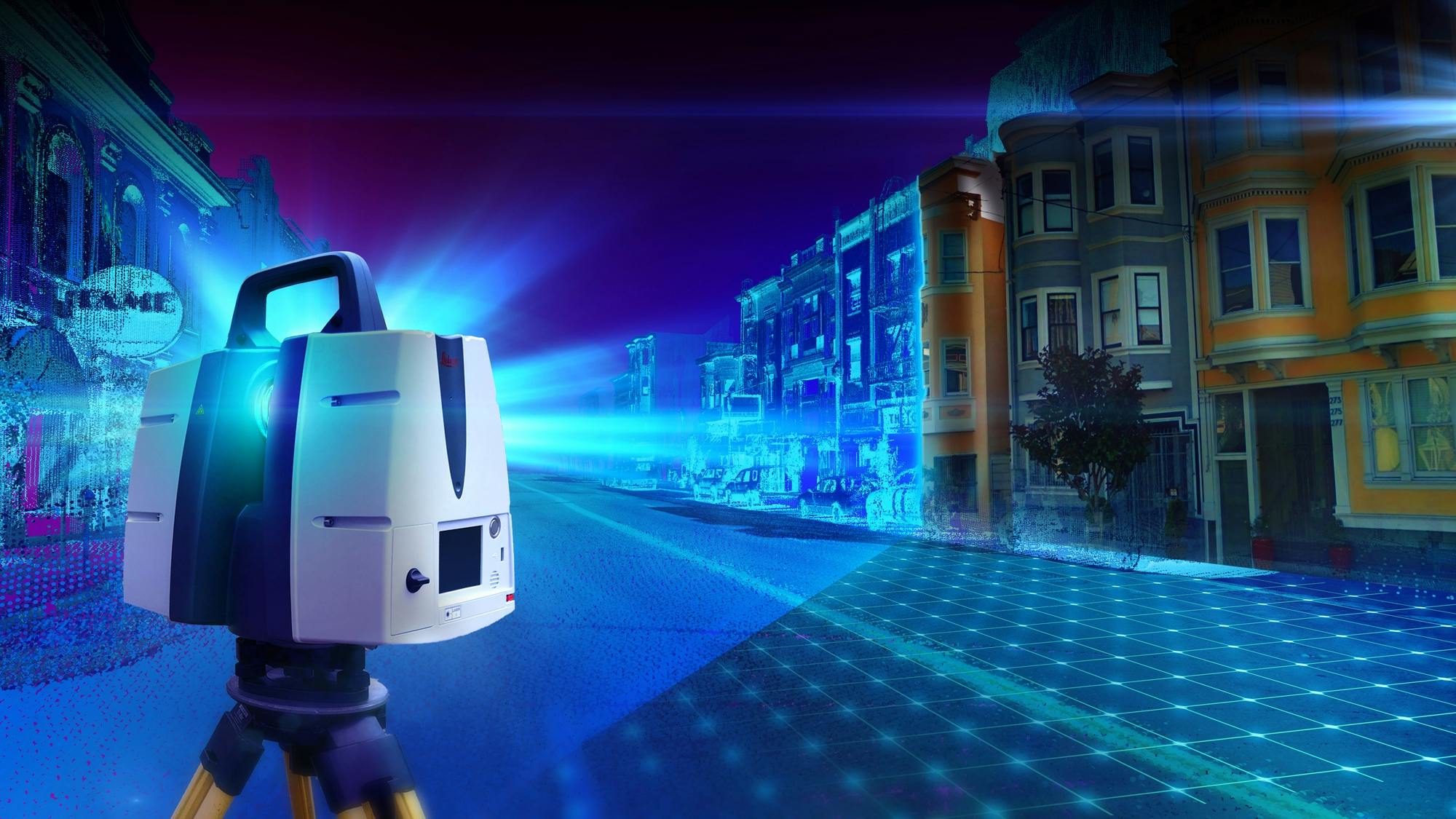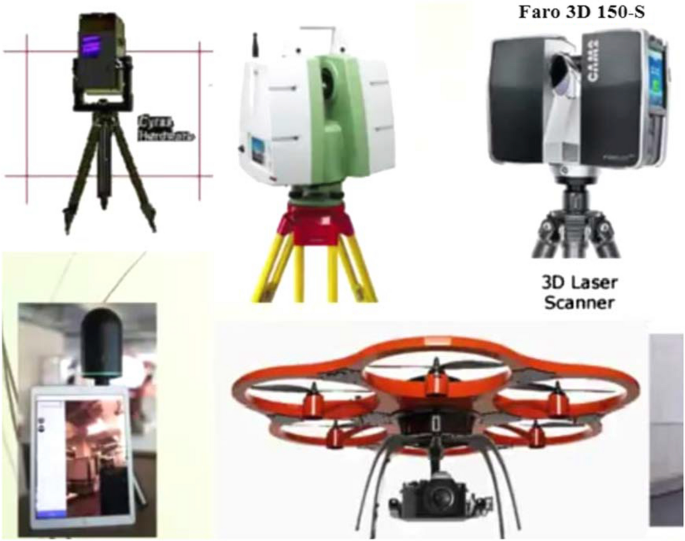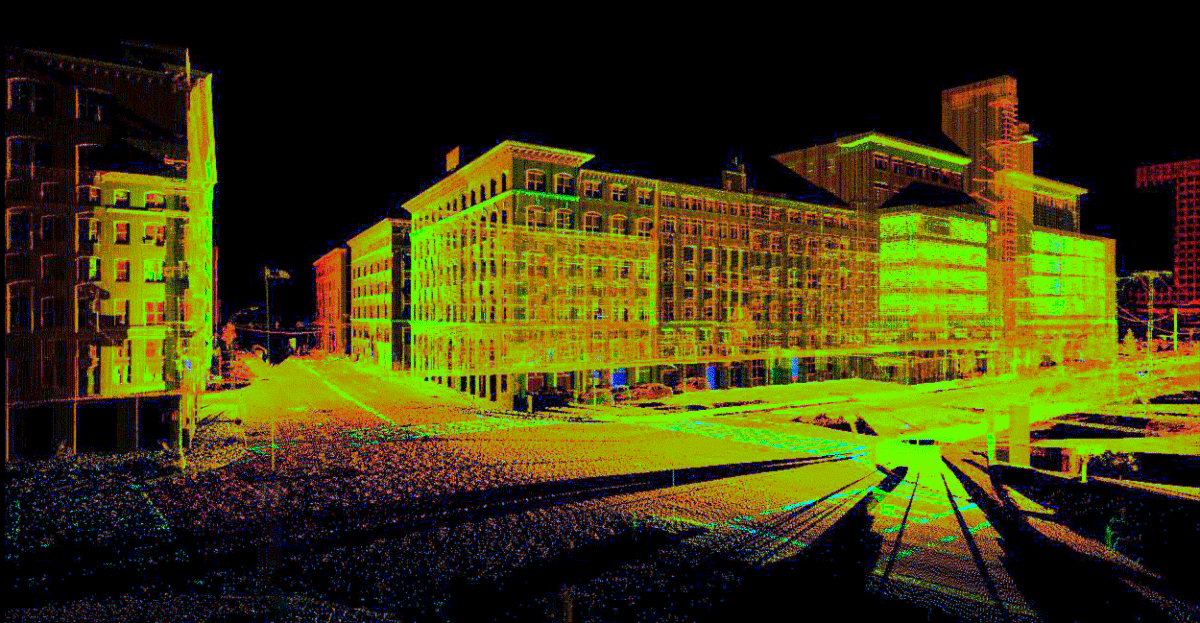How 3D Scanning Enhances Data Reliability in Construction Projects
Enhancing Manufacturing Processes: The Effect of 3D Laser Scanning on Quality Assurance
3D laser scanning technology is transforming top quality control in production. By providing high-resolution data and precise dimensions, it allows producers to recognize deviations from requirements effortlessly. This improvement not just simplifies examination procedures but additionally improves functional performance. 3D Scanning. Nonetheless, the execution of this innovation features its very own collection of obstacles. Discovering these aspects discloses the more comprehensive ramifications for sectors and the future landscape of manufacturing

Recognizing 3D Laser Scanning Technology
Although 3D laser scanning modern technology has evolved considerably in recent times, its fundamental concept continues to be straightforward: recording the accurate geometry of items making use of laser light beams. This innovation employs laser light to gauge distances between the scanner and different points on an item's surface area. The data collected is after that refined to produce a thorough 3D model, accurately reflecting the measurements and shapes of the scanned object.
Usually, 3D laser scanners can be classified right into two major types: contact and non-contact scanners. Contact scanners physically touch the challenge gather dimensions, whereas non-contact scanners make use of laser light beams to record information from a range. The adaptability of this technology enables its application across different industries, including manufacturing, building and construction, and design. Its capability to create high-resolution versions facilitates quality assurance, reverse engineering, and fast prototyping, eventually enhancing style accuracy and efficiency in production procedures.
Benefits of 3D Laser Scanning in Manufacturing
As manufacturers seek to enhance efficiency and precision in their procedures, the benefits of 3D laser scanning have come to be increasingly obvious. This innovative modern technology permits highly exact and fast dimensions of complicated geometries, significantly minimizing the time needed for high quality checks. By catching thorough information, manufacturers can determine inconsistencies early in the production process, therefore decreasing waste and rework expenses.
3D laser scanning helps with far better design recognition, making it possible for engineers to contrast as-built problems with initial specifications. This ability guarantees that any discrepancies are quickly attended to, boosting total item top quality. Furthermore, the technology sustains the production of electronic twins, which can be made use of for simulations and process optimizations. Because of this, manufacturers not just increase their operational performance but likewise improve their affordable benefit on the market. On the whole, the assimilation of 3D laser scanning stands for a transformative action towards achieving higher standards in producing high quality control.
Combination of 3D Laser Scanning Into Quality Assurance
Incorporating 3D laser scanning into quality assurance processes boosts the accuracy and performance of inspections throughout manufacturing. This innovation allows producers to catch comprehensive, high-resolution data of parts and settings up, permitting exact dimensions and comparisons versus layout requirements. By using 3D laser scanning, organizations can identify discrepancies from resistances better, which is vital for keeping item honesty.

Real-World Applications and Study
Real-world applications of 3D laser scanning in producing show its transformative impact across numerous sectors. Aerospace business utilize this technology to perform precise assessments of components, guaranteeing they satisfy stringent safety criteria. A noteworthy situation entailed a leading aircraft supplier that utilized 3D laser scanning to simplify its top quality control procedures, significantly lowering examination times and mistakes.
In the automobile sector, suppliers have actually carried out laser scanning to develop digital doubles of their vehicles, enabling real-time adjustments during manufacturing. One vehicle company reported a 30% decrease in rework expenses after incorporating this modern technology right into their assembly lines.
In the customer items sector, companies are making use of 3D laser scanning for fast prototyping, allowing for quicker models and improved product styles. These applications show how 3D laser scanning not only improves precision yet additionally boosts efficiency and technology throughout multiple manufacturing domains.
Conquering Difficulties in Application
Applying 3D laser scanning in manufacturing presents numerous obstacles that companies should navigate to totally recognize its benefits. One considerable difficulty is the initial price of tools and software application, which can deter business from embracing this modern technology. Additionally, integrating 3D laser scanning right into existing workflows requires conquering resistance to alter among workers, necessitating thorough training programs to assure effectiveness. Information administration also postures an obstacle, as the high volume of details generated by 3D scanning need to be properly refined and analyzed to derive actionable understandings. Compatibility issues with legacy systems may impede seamless combination, demanding prospective upgrades or alterations. Dealing with these obstacles is vital for producers intending our website to enhance quality control and optimize manufacturing procedures. By creating clear approaches for training, financial investment, and information management, companies can mitigate these barriers and release the transformative possibility of 3D laser scanning in their operations.
Future Patterns in 3D Laser Scanning for Production
As making proceeds to advance, the assimilation of 3D laser scanning with enhanced automation is expected to change manufacturing procedures. Enhanced data analytics will play an important function in enhancing process and enhancing quality assurance. These patterns highlight the capacity for greater efficiency and precision in manufacturing atmospheres.

Increased Automation Combination
Although the assimilation of automation in production has actually been steady, the future of 3D check these guys out laser scanning is poised to increase this fad considerably. As manufacturing procedures become progressively intricate, the demand for accurate, real-time dimensions expands. 3D laser scanning modern technology uses automated data capture, reducing labor costs and lessening human mistake. This integration enables suppliers to enhance high quality control processes, allowing fast discovery of discrepancies in production. Additionally, the positioning of 3D laser scanning with robotics and automated systems helps with smooth procedures, enhancing general efficiency. As manufacturers embrace these advanced innovations, they can expect improved precision and efficiency, positioning themselves competitively in a swiftly advancing market. The harmony between automation and 3D laser scanning notes a considerable jump onward in producing innovation.
Enhanced Data Analytics
The integration of automation has paved the means for improvements in information analytics within the domain name of 3D laser scanning. Suppliers are progressively leveraging sophisticated formulas and artificial intelligence techniques to assess huge datasets produced by laser scans. This enhanced information analytics capacity permits real-time surveillance of making processes, making it possible for the identification of variances and defects a lot more effectively than typical techniques. Predictive analytics can visualize possible concerns, considerably decreasing downtime and enhancing overall performance. The ability to imagine data in three dimensions supplies deeper insights into manufacturing process, cultivating much better decision-making. As 3D laser scanning more info here innovation remains to advance, the function of data analytics will certainly come to be progressively critical in driving development and preserving affordable benefit in manufacturing.
Frequently Asked Concerns
What Industries Advantage one of the most From 3D Laser Scanning?
The industries that profit most from 3D laser scanning include production, building and construction, aerospace, automotive, and medical care. These sectors utilize the modern technology for precision measurements, quality control, and efficient layout procedures, significantly boosting total functional performance.
Exactly How Does 3D Laser Scanning Compare to Standard Measurement Approaches?
3D laser scanning provides greater precision and rate contrasted to typical dimension methods. It catches comprehensive geometries promptly, minimizing human mistake and facilitating better analysis, which ultimately boosts general top quality control in numerous sectors.
What Is the Expense of Implementing 3D Laser Scanning Technology?
The cost of implementing 3D laser scanning innovation differs considerably, typically ranging from $10,000 to $100,000, depending upon software program, equipment, and training. Organizations has to evaluate these expenses against potential effectiveness and high quality enhancements.
Are There Details Software Program Requirements for 3D Laser Scanning?
Yes, 3D laser scanning needs particular software, including data processing and modeling applications. Common selections encompass CAD software program, factor cloud processing devices, and specialized applications that promote the combination and analysis of checked data for excellent outcomes.
For how long Does a Common 3D Laser Scanning Refine Take?
A normal 3D laser scanning procedure can take anywhere from a few minutes to numerous hours, depending upon aspects like the dimension of the object, complexity of the atmosphere, and needed level of information for accuracy.
3D laser scanning technology is transforming top quality control in production. 3D laser scanning innovation has actually evolved considerably in current years, its fundamental concept stays straightforward: recording the accurate geometry of things utilizing laser light beams. Incorporating 3D laser scanning into high quality control procedures enhances the accuracy and performance of inspections throughout manufacturing (3D Scanning). 3D laser scanning technology provides automated data capture, decreasing labor costs and decreasing human error. The cost of implementing 3D laser scanning technology varies significantly, normally varying from $10,000 to $100,000, depending on training, software program, and equipment